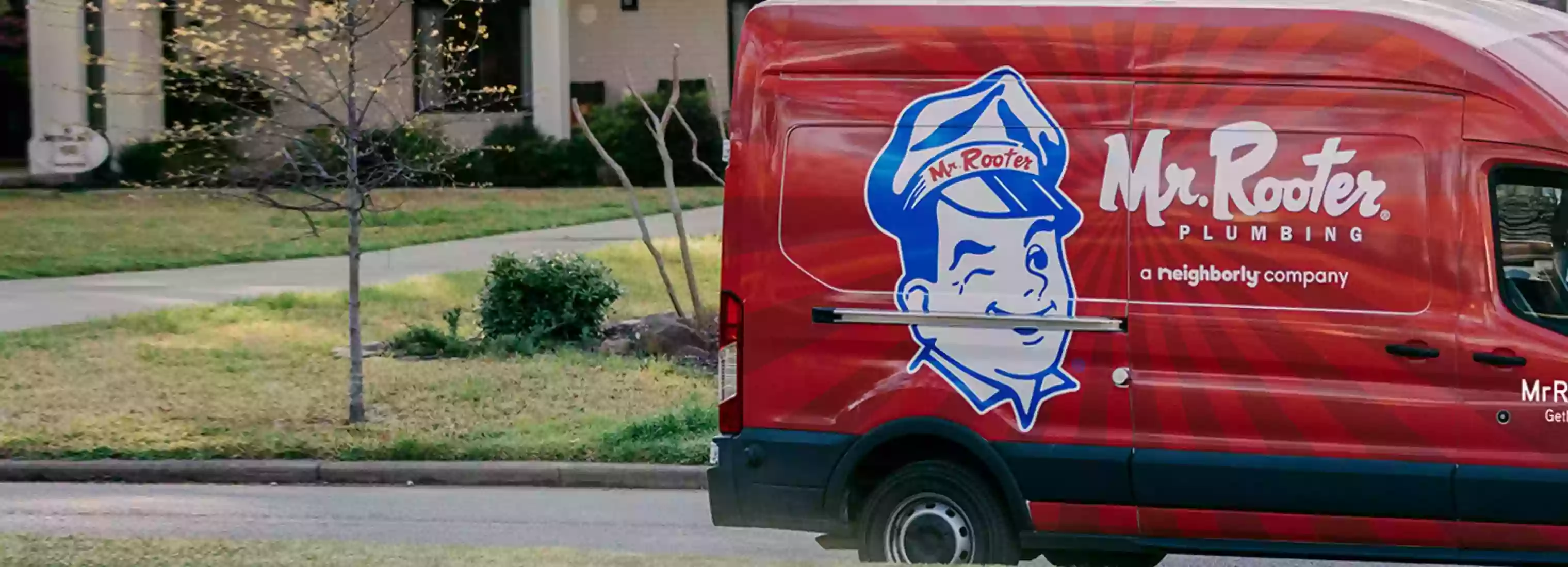Why Is the Bathroom Fan Making High-Pitched Noises?
Some are quiet, others tend to run at a humming noise that doesn’t bother you. But when you turn on the bathroom fan and it emits a screeching noise that makes you jump out of your socks, something is up. Hopefully, this unpleasant sound is simply an indication that your fan is overdue for a good scrubbing, like when your shower is whistling.
Below are some of the different types of noises you can hear, what they mean, and how to make the sounds stop so you can have peace once again.
What do Exhaust Fans Do?
We’re focusing on bathroom fans that get noisy, but other rooms in your house, such as your kitchen, will also have exhaust fans. The purpose of these fans is to move air from the room to the outdoors. Bathroom fans have two jobs: Removing steam produced by hot water, and clearing out odors… You know the type.
These fans do a lot of work, and occasionally, they need some maintenance to function like normal again.
Types of Bathroom Fan Noises You Might Hear
- Clicking or Knocking
- High-Pitched Humming
- Buzzing When Off
- Grinding
- Rattling
- Squeaking or Squealing
- Crackling
High-Pitched Bathroom Fan Causes & Solutions
Over time, you might notice that your fan is steadily getting louder. Or maybe one day seemingly out of the blue, the fan is squeaking.
Here are several common causes of a noisy bathroom fan:
- There is a buildup of dust
- There is a lack of proper lubrication
- The fan is loose within its housing
- The fan has come out of alignment with the housing
- There are loose or damaged fan blades
- The fan motor is going out
- The ductwork is too small for the size of the fan
- The ductwork has multiple or hard turns rather than being straight
Of course, if your fan has always been noisy, it’s probably a sign that the fan was made that way. Either that or the fan does not match the capacity of the bathroom itself. If your bathroom fan is overpowering, it is likely wasting energy and creating so much noise because it’s working too hard.
How You Can Fix a Noisy Bathroom Fan
Many times, you can try a few things to help quiet the fan down, such as:
Thoroughly Clean All Fan Parts
This is a commonly overlooked, yet very necessary, step to take with your bathroom fans.
We recommend cleaning them at least once per year by:
- Turning the power to the fan off
- Removing the fan cover
- Getting warm soapy water and a rag
- Wiping down the fan blades, housing, and motor assembly
- Checking for any damaged areas as you clean, and replace any worn pieces
- Letting the fan and all components dry before placing the fan cover back on
Change the Ductwork
Straighten: Check out the ductwork going towards the exterior vent. If it has 90-degree connectors, replace them with two 45-degree connectors to reduce the amount of air pressure used.
Resize: Along with a straight duct system, the larger the duct size you use, the less air pressure the fan expels, which means less noise for you.
Adjust the Fan Housing or Blades
This is something you can also do as you clean the fan – inspect each blade for wear and use your fingers to gently move the blades to test that they’re aligned properly. If something seems out of whack or a blade is hitting the fan housing, you can remount the fan in a better position. Of course, if you don’t feel confident re-installing a fan, it’s safest to call the professionals to ensure quality results.
Inspect the Mounting Screws
Look at the tightness of the mounting screws. There are two ways to get to them depending on how your fan is installed; either through the fan assembly itself or above the ceiling in your attic. Excessive vibration can sometimes be fixed by addressing any loose screws on the mounting hardware, tightening them nicely and snugly against the joists.
Replace the Motor
A more cost-effective solution to replacing the entire system is to remove the old motor but keep everything else that still works. If this is an option for you, it’s also an easier solution that can potentially be done on your own (but don’t forget we’re always available if you don’t feel comfortable with DIY techniques).
Install a New Fan
Sometimes, the reality is that it’s just time for a replacement fan. Though it might not be ideal if you weren’t planning to purchase a new unit, there are upsides, such as:
- Better control over the humidity in your bathroom
- Smoother airflow can help prevent mold growth
- Less water accumulation on cabinets or paint that water can ruin
- A two-in-one benefit of improved air quality and overhead lighting
- The ability to add features such as heaters, motion detectors, or condensation sensors
If you need help with your bathroom fan, contact us today!
 Click to call
Click to call


